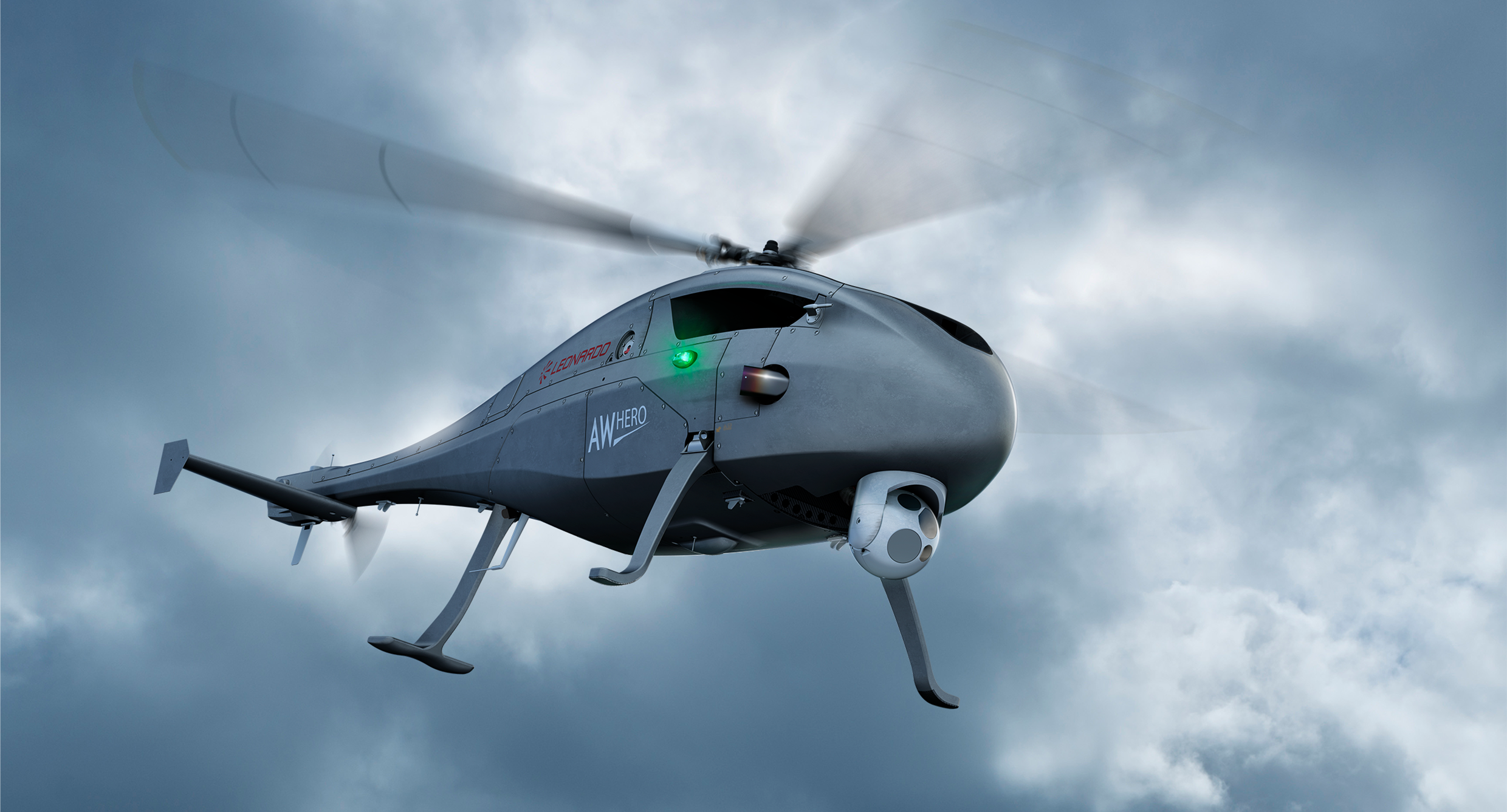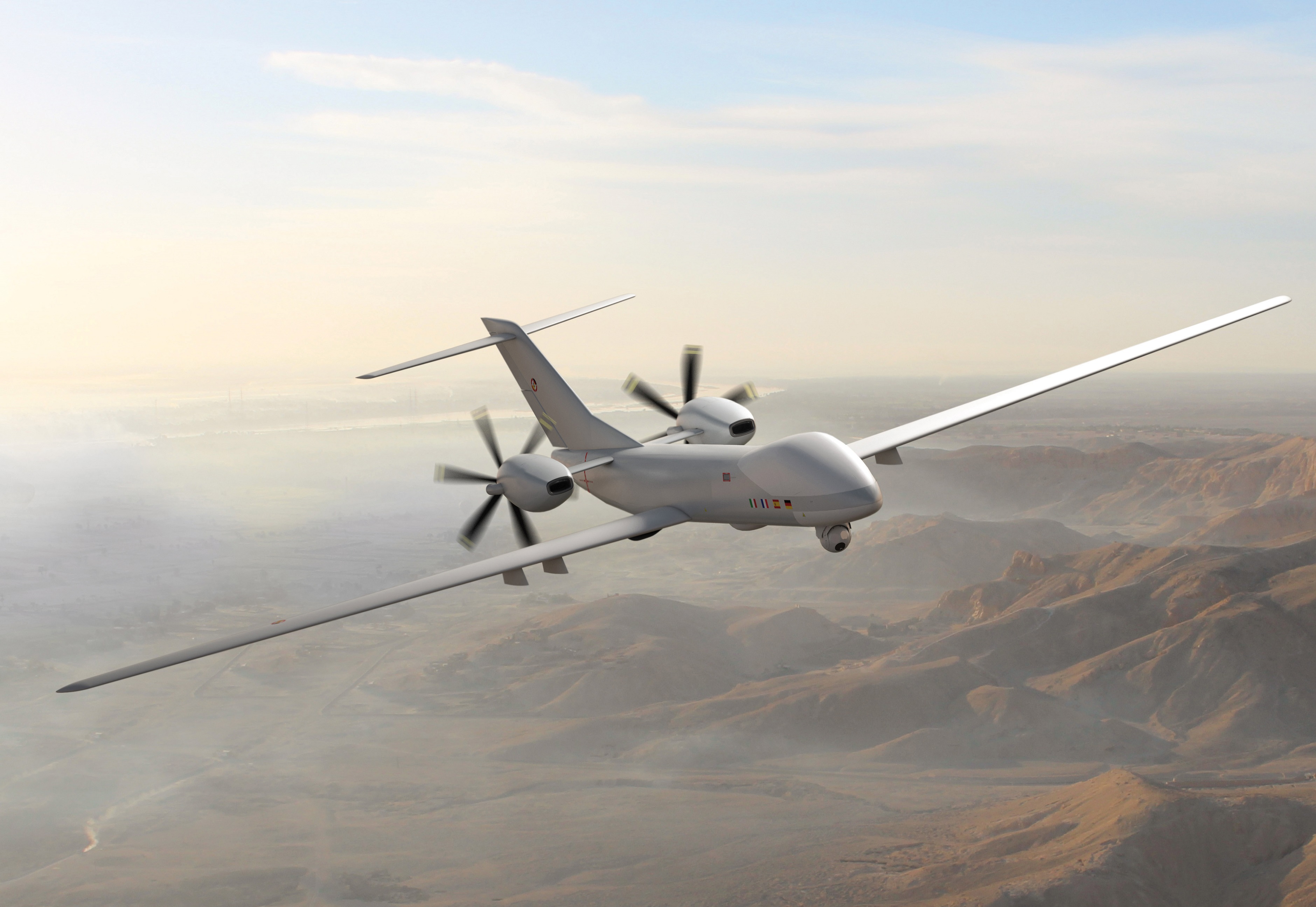Uncrewed systems for air, land and maritime, civil and military applications, used in ISTAR (Intelligence, Surveillance, Target Acquisition, Reconnaissance) and training missions for threat simulation. The ever-evolving world of Uncrewed Aerial Vehicles (UAVs) includes multiple solutions that integrate different platforms and sensors, mission systems and ground control stations. Technologies that make possible the safe management of drone air traffic (Uncrewed Traffic Management), the protection of airports and critical infrastructures from malicious or accidental incursions of remotely guided aircraft. In this context delineates Leonardo's contribution, both in the development of technological solutions and in the participation in international programmes and support to government missions.
AWHero, an ally for emergency management
More and more often, remotely piloted systems are taking on a decisive role for use in the civil sector. They are used, in addition to traditional rescue vehicles, to cope with frequent emergencies related to extreme phenomena such as floods, storms, hurricanes, heat waves, droughts and fires. The AWHero, the rotary-wing drone developed and designed at Leonardo's site in Pisa, operates in this scenario.

Its flexibility allows it to support government agencies and commercial organisations in public utility scenarios, providing assistance in natural disasters and firefighting operations, but also carrying out environmental, pipeline and power line monitoring. Or even carrying out security missions such as border control, surveillance and aerial monitoring of critical infrastructure.
The first and only RUAS (Rotary Uncrewed Aerial System) in its class to have obtained military certification, the AWHero saw a series of new developments in 2023 that reflected the transition from basic design to a configuration focused on operational concepts:




